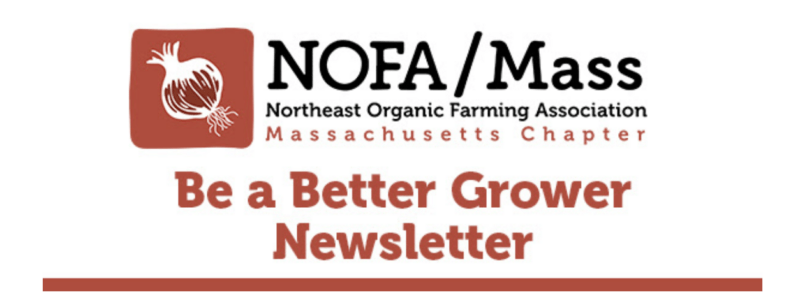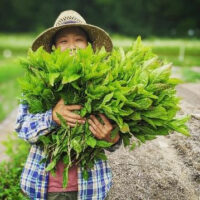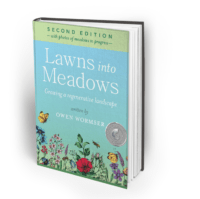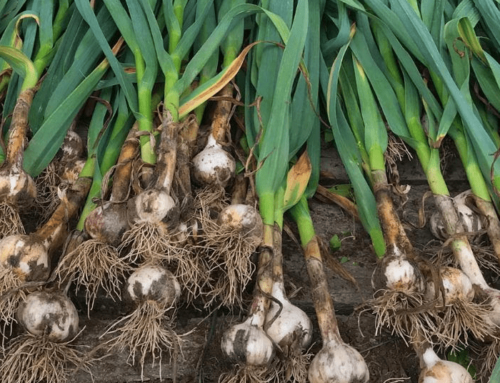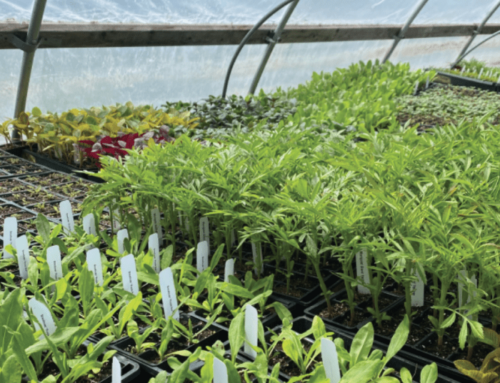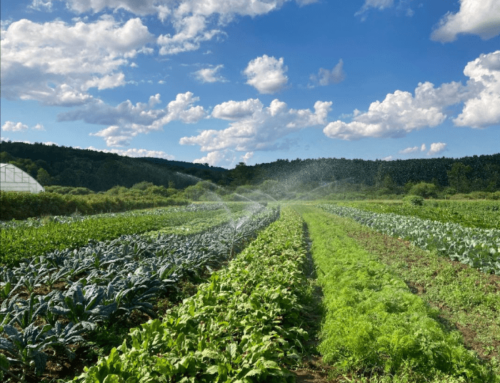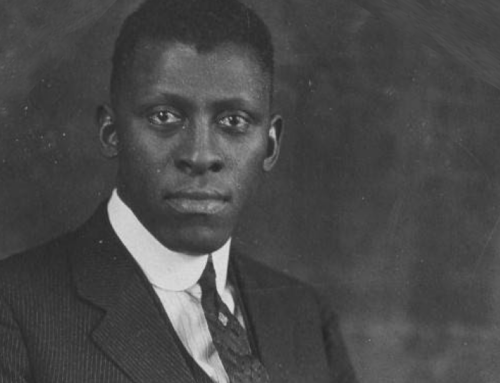By: Paul Figueroa, Communications Director at NOFA/Mass
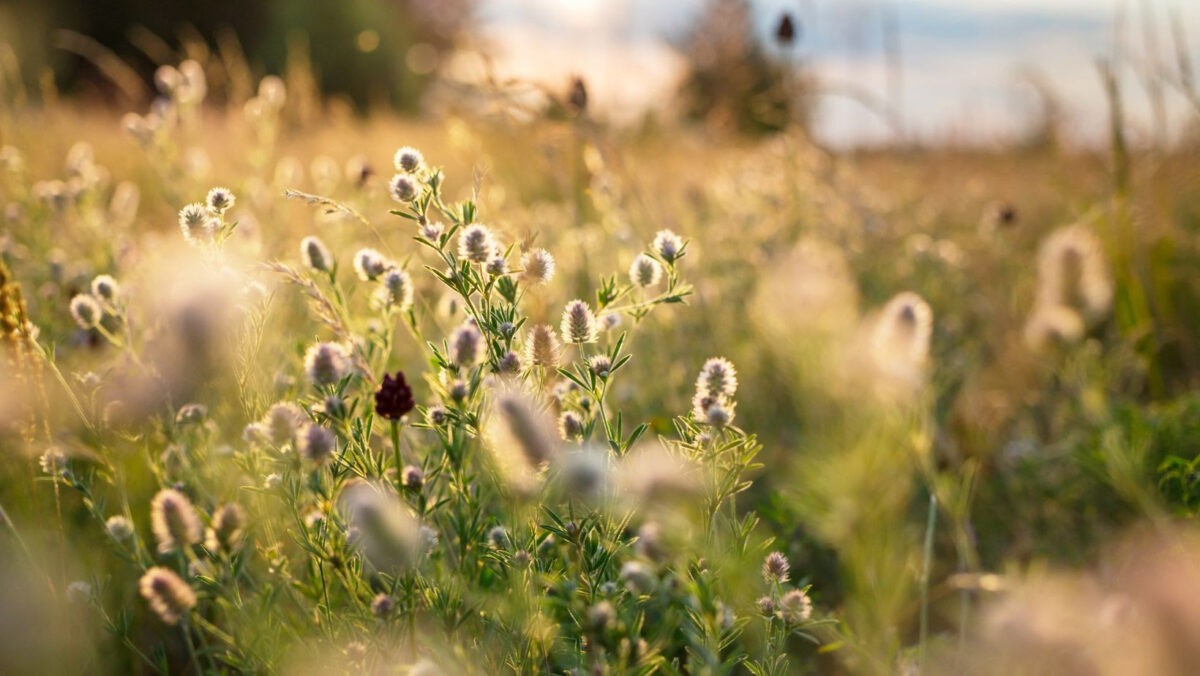
PF: Native plant selection is crucial for creating a successful meadow. Could you highlight some native plant species that are well-suited for transforming lawns into meadows in Massachusetts? What factors should growers consider when choosing these plants, such as soil type, sunlight, and water availability?
OW: Bergamont (Monarda fistulosa), butterfly weed (Asclepias tuberosa), and little bluestem grass (Schizachyrium scoparium), are species I almost always use because they are perfect for meadows in Massachusetts. These species tend to establish easily from seed. All three of these species prefer well-drained soil and require full sun.
PF: Lawns are often associated with regular mowing and maintenance. How can growers transition from high-maintenance lawns to low-maintenance native meadows? What are some strategies to gradually reduce mowing frequency while allowing native plants to establish themselves?
OW: The easiest approach is to sprinkle native wildflower seed into your lawn and then stop mowing. Going this route provides the least amount of control over what subsequently grows, but it can still get results. Another approach is to remove your lawn by way of repeated tillings. This is my preferred way to turn a lawn into a meadow because tilling adds organic matter into soil that is typically heavily depleted or dead. Tilling more than once also helps exhaust the weed seed bank, something herbicides don’t achieve. Sometimes, planting live plants in the form of young perennials, known as plugs, can also work well. Regardless of the approach you choose, I always recommend starting with an area that feels manageable.
PF: Soil preparation plays a significant role in the success of a native meadow. What are the essential steps for preparing the soil before planting native species? Are there any specific soil testing or amendment recommendations that growers should follow to ensure optimal growth?
OW: Fortunately, native meadow plants can grow in almost any sort of conditions and any sort of soil. This includes species that thrive in degraded environments like old mine tailings, roadsides, and abandoned lots. Because of the versatility of meadow plants, the trick is to carefully match the species you do use to the site conditions you’re dealing with. If the species being introduced to a site like the conditions they’re given, they will establish. Therefore, unlike most traditional gardening and agriculture, meadows don’t require any particular soil preparation prior to planting.
Author’s Note: NOFA/Mass offers soil health technical assistance including soil lab analysis and inputs recommendations, soil health analysis, organic certification, and custom technical support. To learn more about our soil health programs and services, check out the soil health section on the NOFA/Mass Website. For specific soil health questions, send an email to [email protected]
PF: Weeds can compete with native plants during the establishment phase. What methods or techniques do you recommend for weed suppression in the early stages of transforming a lawn into a meadow? Are there eco-friendly alternatives to chemical herbicides that you recommend?
OW: Selective weeding is helpful in most meadows, especially in the first few years after planting. This can be done by pulling as well as by using a scythe, weed whacker, or grass whip. In my experience, selectively cutting and/or pulling any species that are unwanted get results that rival or surpass the effectiveness of herbicides.
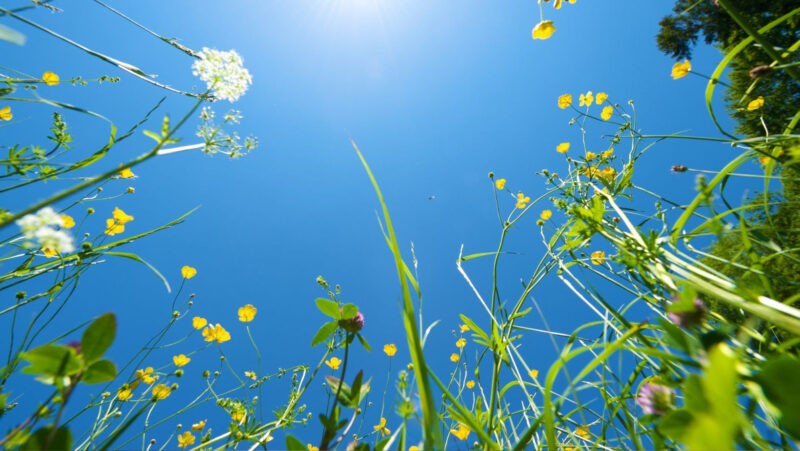
PF. Biodiversity is a key feature of native meadows. How can growers encourage and maintain biodiversity in their meadow landscapes?
OW: Encouraging diversity by adding the seed into the landscape is one of the best ways to make this happen. It can be difficult to predict exactly which species will thrive in any given area that’s being targeted, but if a wide range of genetic diversity is added via seeds, this encourages the likelihood that more diversity will establish. Nature wants to be abundant, all we need to do is give a hand.
PF: Finally, Summer is coming to a close here, and while it may be too late to convert a lawn into a meadow for this growing season, what are some things growers can do in the fall and winter months to help prepare their meadow landscape?
OW: Late fall is actually the best time to seed a meadow because many meadow species won’t germinate until their seeds have overwintered. If I’m tilling in a lawn to create a blank slate for planting a meadow, I will often make the first pass in mid-September, allowing for two subsequent tillings that will eliminate any existing grass and weeds as well as the seed bank of weeds. Then, come November, I’ll put down perennial meadow seed along with a nurse crop. This timing is most optimal when planting from seed, with spring as the next-best choice. If you’re planting from seed, avoid planting in the heat of summer.

